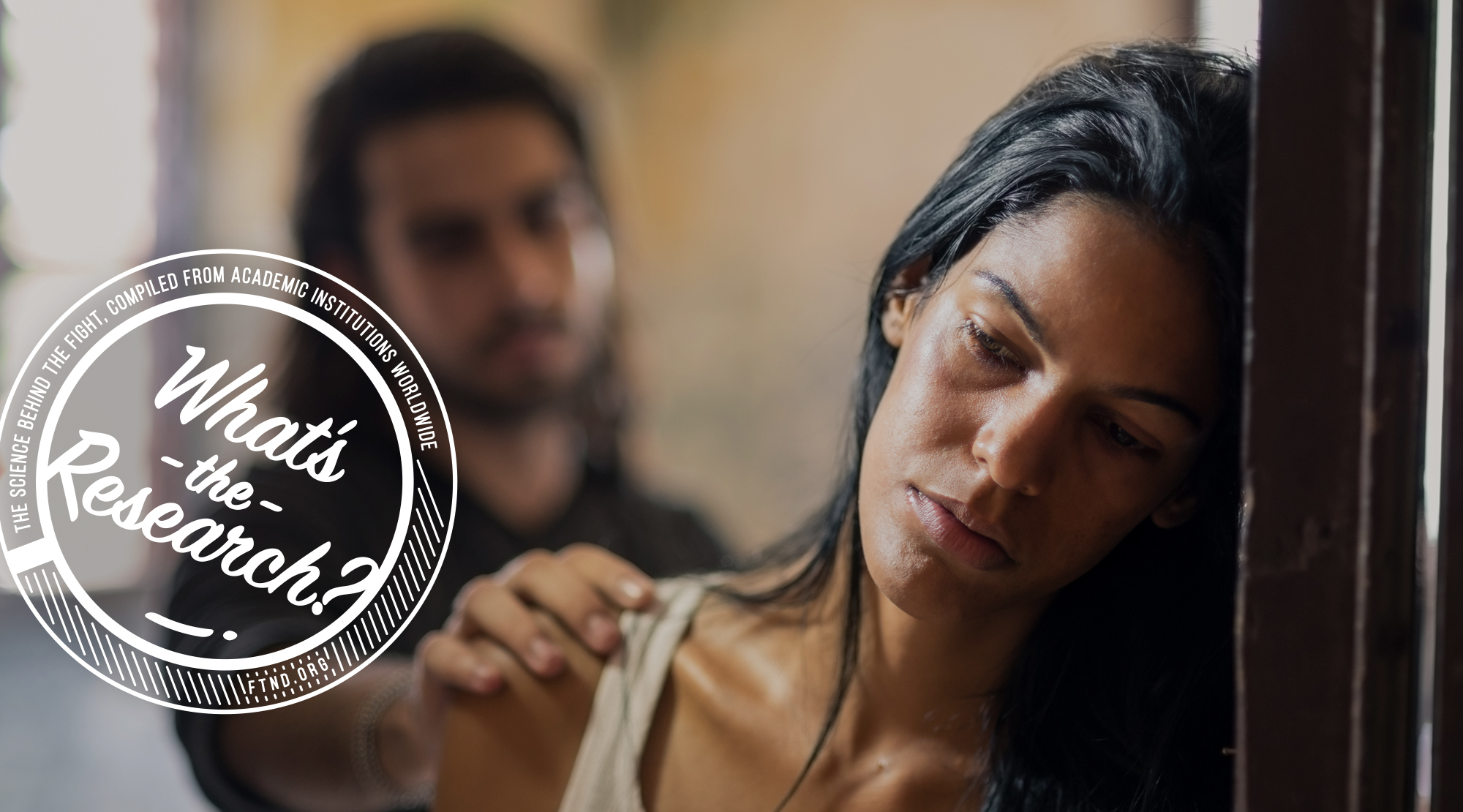Decades of studies from respected academic institutions, have demonstrated significant impacts of porn consumption for individuals, relationships, and society. "What’s the Research" aims to shed light on the expanding field of academic resources that showcase porn’s harms in a variety of ways. Below are selected excerpts from published studies on this issue.
The full study can be accessed here.
Authors: Foubert, J.D., Brosi, M.W., Bannon, R.S.
Published November 2011
Abstract
College men’s exposure to pornography is nearly universal, with growing viewing rates nationwide. Substantial research documents the harmful effects of mainstream, sadomasochistic, and rape pornography on men’s attitudes and behavior related to sexual assault. The present study surveyed 62% of the fraternity population at a Midwestern public university on their pornography viewing habits, bystander efficacy, and bystander willingness to help in potential rape situations.
Methods
Participants in the present study were men who were members of fraternities at a large public university in the Midwest. Out of the population of 787 fraternity men on the campus involved, 489 (62%) completed usable surveys. Men in the sample were 90% Caucasian, 5% Native American, with the remaining participants being African American, Asian, Latino and mixed race. The mean age of participants was 20.3 (SD = 1.3); 99% of participants were between 18 and 23 years old.
Measuring Bystander Efficacy
Willingness to intervene as a bystander was measured by the bystander efficacy scale developed by Banyard, Plante and Moynihan (2005). This measure asks participants to indicate whether they believe that they could do each of 18 bystanding behaviors and if so to indicate their level of confidence in performing this bystander behavior. Participants rate items on a scale of 1 to 100 percent, indicating their percent confidence that they personally believe that they know how to intervene in the given scenario described.
Measuring Willingness to Help
The Willingness to Help Scale was developed by Banyard et al. (2005) and measures participants’ degree of likelihood of engaging in 12 bystanding behaviors on a 7-point scale ranging from 1 (not at all willing to intervene) to 7 (very willing to intervene). Items came from research literature and from discussions with advocates and professionals working in the field of sexual violence.
Measuring Likelihood Of Committing Rape / Sexual Assault
Likelihood of raping and likelihood of committing sexual assault was as- sessed by items from Malamuth’s Attraction to Sexual Aggression Scale. This scale includes two primary questions “If you could be assured of not being caught or punished, how likely would you be to rape?” and “If you could be assured of not being caught or punished, how likely would you be to force a female to do something sexual that she did not want to do?” Par- ticipants answer these questions on a 1 (not at all likely) to 7 (very likely) scale.
Results
Results showed that men who view pornography are significantly less likely to intervene as a bystander, report an increased behavioral intent to rape, and are more likely to be- lieve rape myths.
The full study can be accessed here.
Your Support Matters Now More Than Ever
Most kids today are exposed to porn by the age of 12. By the time they’re teenagers, 75% of boys and 70% of girls have already viewed itRobb, M.B., & Mann, S. (2023). Teens and pornography. San Francisco, CA: Common Sense.Copy —often before they’ve had a single healthy conversation about it.
Even more concerning: over half of boys and nearly 40% of girls believe porn is a realistic depiction of sexMartellozzo, E., Monaghan, A., Adler, J. R., Davidson, J., Leyva, R., & Horvath, M. A. H. (2016). “I wasn’t sure it was normal to watch it”: A quantitative and qualitative examination of the impact of online pornography on the values, attitudes, beliefs and behaviours of children and young people. Middlesex University, NSPCC, & Office of the Children’s Commissioner.Copy . And among teens who have seen porn, more than 79% of teens use it to learn how to have sexRobb, M.B., & Mann, S. (2023). Teens and pornography. San Francisco, CA: Common Sense.Copy . That means millions of young people are getting sex ed from violent, degrading content, which becomes their baseline understanding of intimacy. Out of the most popular porn, 33%-88% of videos contain physical aggression and nonconsensual violence-related themesFritz, N., Malic, V., Paul, B., & Zhou, Y. (2020). A descriptive analysis of the types, targets, and relative frequency of aggression in mainstream pornography. Archives of Sexual Behavior, 49(8), 3041-3053. doi:10.1007/s10508-020-01773-0Copy Bridges et al., 2010, “Aggression and Sexual Behavior in Best-Selling Pornography Videos: A Content Analysis,” Violence Against Women.Copy .
From increasing rates of loneliness, depression, and self-doubt, to distorted views of sex, reduced relationship satisfaction, and riskier sexual behavior among teens, porn is impacting individuals, relationships, and society worldwideFight the New Drug. (2024, May). Get the Facts (Series of web articles). Fight the New Drug.Copy .
This is why Fight the New Drug exists—but we can’t do it without you.
Your donation directly fuels the creation of new educational resources, including our awareness-raising videos, podcasts, research-driven articles, engaging school presentations, and digital tools that reach youth where they are: online and in school. It equips individuals, parents, educators, and youth with trustworthy resources to start the conversation.
Will you join us? We’re grateful for whatever you can give—but a recurring donation makes the biggest difference. Every dollar directly supports our vital work, and every individual we reach decreases sexual exploitation. Let’s fight for real love:

